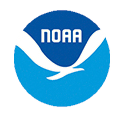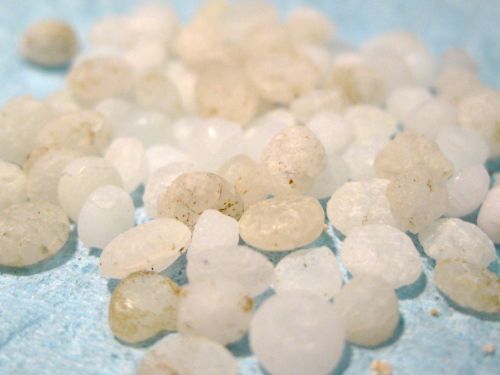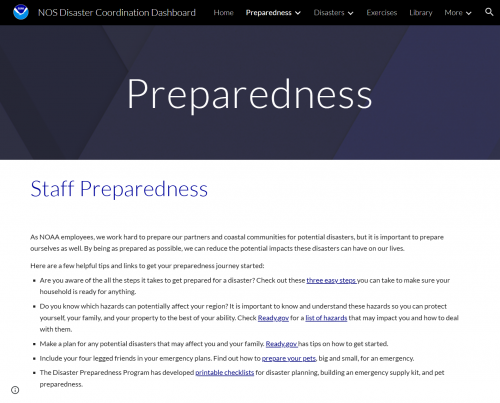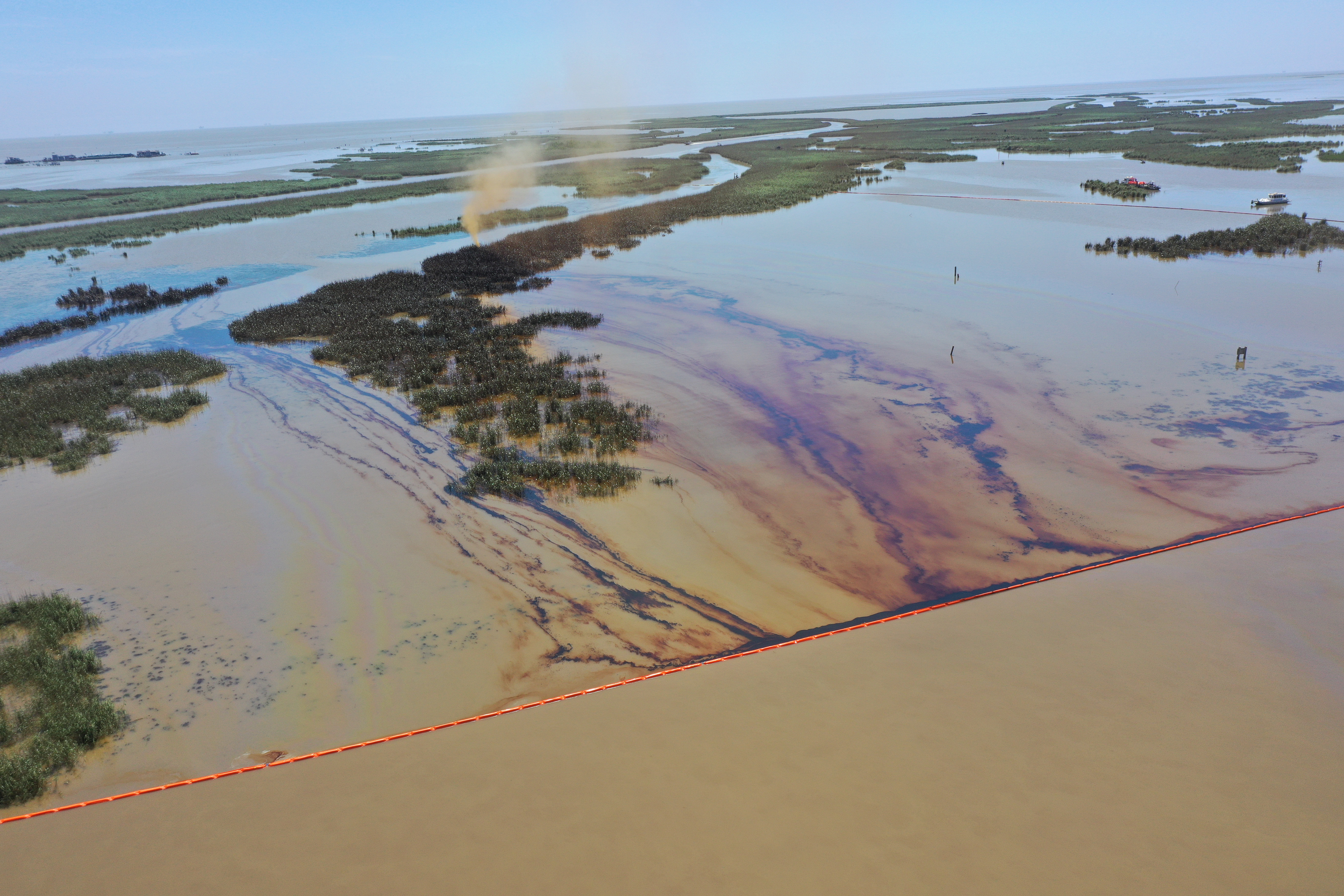June 24, 2025
OR&R Trains Spill Responders and Planners on Science of Oil Spills
OR&R hosted their flagship Science of Oil Spills (SOS) class in Seattle from June 9-13. Forty-two students attended the class, which was held at NOAA’s Western Regional Center. The class was enriched by the wide variety of students who attended, including those from the U.S. Coast Guard, U.S. Fish and Wildlife Service, Oregon Department of Environmental Quality, Alaska Clean Seas, U.S. Navy, U.S. Department of Agriculture and Washington State Department of Ecology. SOS classes help spill responders increase their understanding of oil spill science when analyzing spills and making risk-based decisions. These classes are typically designed for new and mid-level spill responders. A variety of topics were covered during the class, such as the fate and behavior of spilled oil in the environment, an introduction to oil chemistry and toxicity and case studies of previous spills. The class took a field trip to Olympic Beach in Edmonds, Washington, where students got an up-close and personal experience with the fate and behavior of oil spills, shoreline-cleanup assessment technique, marsh ecology, and marine ecology in the intertidal zone. This field experience helped tie the lectures of the class together in a real-world scenario.
NOAA Workshop Targets Response to Plastic Pellet Spills in Coastal and Marine Environments
OR&R, in partnership with the Coastal Response Research Center, hosted a webinar from June 3-4 to discuss pre-production plastic pellet (PPPP) response after release into the environment. Plastic pellets serve as the raw material used to manufacture plastic products. These pellets have the potential to cause negative impacts to wildlife and habitat when released or “spilled” into the environment through accidental losses during production or transport. The two-day event consisted of presentations given by experts across the world. Sessions focused on fostering collaboration between responders and researchers, evaluating recent case studies, and refining operational response strategies for PPPP incidents. The webinar also provided updates on the latest research findings and addressed critical next steps for improving the overall response framework to PPPP spills. During the webinar, breakout groups discussed a mock scenario with released pellets and discharged oil from a disabled vessel. Experts and various responders joined discussions to answer questions regarding trajectory, technology needed to detect PPPP, cleanup techniques, and any technical gaps. The workshop was a productive and engaging event that laid a strong foundation for future collaboration on this topic.
OR&R Supports New FEMA Heat Safety Training for Disaster Responders
A new training course focused on disaster responder heat safety specifically addresses the challenges of working in hot environments during disaster response. The course was developed by subject matter experts across multiple agencies serving on the National Response Team Worker Safety and Health and Training sub-committees, with the NOAA OR&R Health and Safety Officer serving as a subject matter expert on this development team. This independent study (IS) course, titled "IS-39: Disaster Responder Heat Safety," is designed for all levels of disaster responders, including federal, state, local, tribal, and territorial partners as well as industry members and the public. The course is currently available through FEMA’s Emergency Management Institute, which provides a variety of free, online, self-paced training courses to the nation's emergency management community and the public. Although there is work occurring by departments and agencies to address the larger general extreme heat impacts, presently, there are limited efforts specifically promoting emergency responder heat safety. The need for more proactive activities and training for responders has been documented in after-action response reports such as Hurricane Katrina, Deepwater Horizon, and Maui wildfires. Training objectives focus on educating emergency responders and supervisors on the fundamentals of heat safety, including the physiology of heat-related illnesses and how to mitigate heat stress. The course incorporates examples from past disaster responses to illustrate the impact of heat stress and provide practical lessons that will improve responder preparedness and resilience against extreme heat events.
New Preparedness Resource for NOAA Employees
Hurricane season is here! Are you prepared for this potentially active season? Recent studies indicate that only half of Americans feel they are prepared for a disaster. A new resource for NOAA employees to access preparedness information is now available through the Preparedness Portal, located on the NOS Disaster Coordination Dashboard. The portal, created by OR&R’s Disaster Preparedness Program, contains a plethora of preparedness information, including checklists for emergency kits, information on the various hazards employees may face across the country, and tips on the recovery process after a disaster. The portal was created as a result of the annual OR&R Personal Disaster Preparedness Survey, which indicated employees wanted more information on how to get prepared and what to prepare for. The Preparedness Portal provides this information and more, in order to ensure NOAA employees have the resources available to be are as prepared as possible for any future disasters.
Web Highlight
NOAA Response Teams Provide Scientific Support to Well Rupture off Louisiana Coast
On April 26, 2025, a well was reported to be discharging oil and natural gas into marsh and surrounding waters near Garden Island Bay, Louisiana. The leak originated from Spectrum OpCo, LLC, Garden Island Bay Production Facility’s company well (Well #59). NOAA began providing on-site and remote scientific support at the request of the U.S. Coast Guard on Monday, April 28, 2025. OR&R is delivering cutting-edge, real-time visual surveillance to support coordinated response efforts across the Unified Command. Oil recovery and mitigation efforts are ongoing. NOAA leads scientific support to a multi-agency workgroup tasked with evaluating cleanup strategies.
Caption: An overflight displays the affected area of marsh environment near Garden Island Bay, Louisiana on April 27, 2025. Image credit: NOAA. An official website of the United States government.
An official website of the United States government. 



